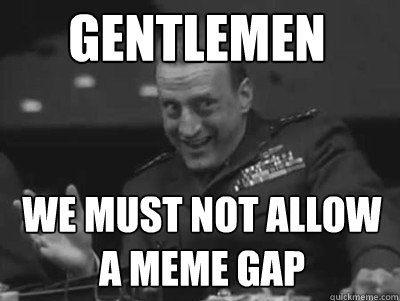Deja Vu, again :)
This is now the 3rd annual instalment of a crazy naval-gaze about my mapping. Blame it on whoever called this part of the osm space a diary. If there is a chance to speak about my personal reflections I’m grabbing it. And what better time of year than now, since I see other people reflecting and goal setting.
My Targets
I wrote about measuring my own commitment to mapping in 2019 and then again in 2020 for the years ahead. It was fun to see my objectives shift around and good for me to test myself against them. In 2020’s diary I then had to be like the Roman God Janus; to look to the previous year by way of review, and to the coming year by way of promising some targets.
My Hot Spot
Last year I undertook to have my hot spots look less like the measles and more like a large boil, and for that boil to be in Ireland. This is definitely the case now, as the graphic shows (use the slider to see the expansion of mapping in Ireland). Having achieved this I’m not concerned with continuing to make a target for this in 2021.
My Ireland Contribution Rank
Again, the target was to stay in the top 10 mappers in Ireland. It was sustained in 2020, but there was one occasion in July where I dropped out of the top 10. I am presently the 5th biggest, without too much effort. Since I technically didn’t keep this one I will go forward with it and try to stay in the top 10 in 2021.
In the past year I realised that Pascal Neis’s “Ireland” is in fact only the Republic of Ireland. A lot of my mapping is in Northern Ireland, and as a consequence shows up in the UK. This about 20% of my present mapping.
As an extra kick I’m going to try to develop a tool that shows all the mapping on the whole island of Ireland, and this itself can be a target since it would be of benefit to everyone involved in mapping Ireland.





